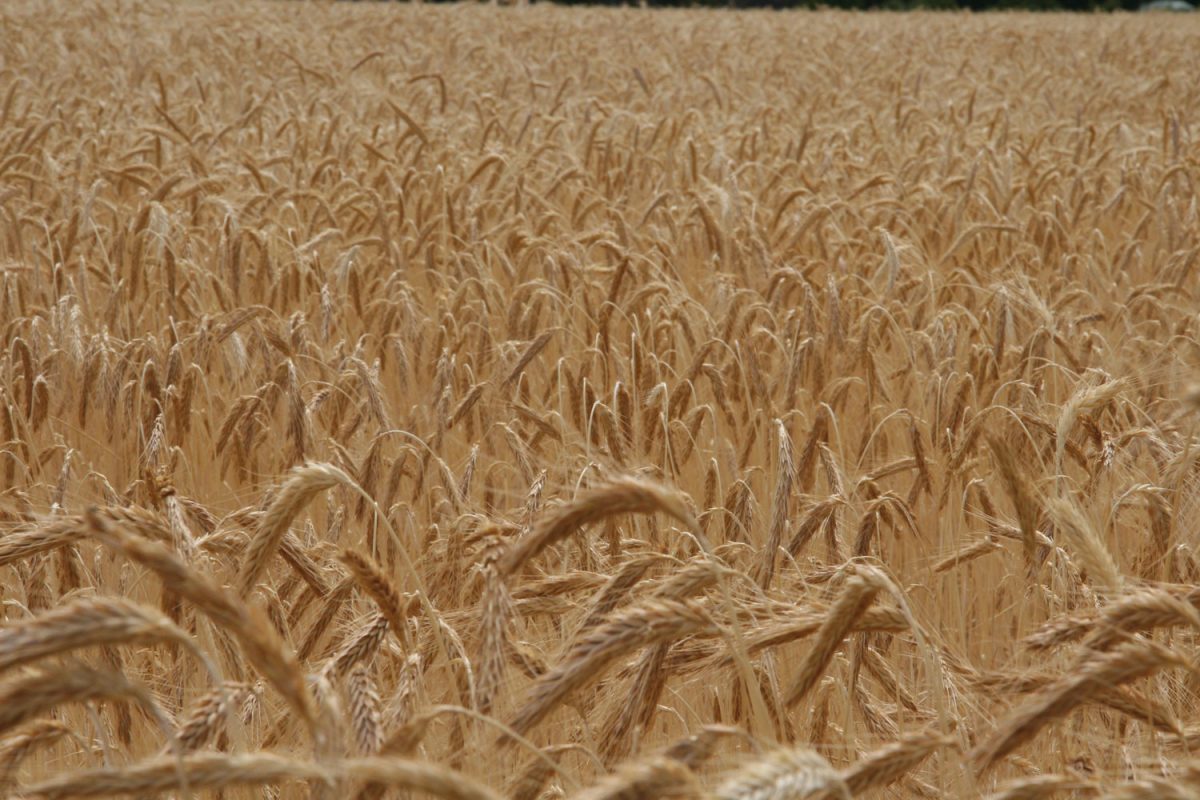Plant and Food Research principal scientist Nigel Larsen is trying to find out why many non-Coeliac gluten-sensitive New Zealanders can eat wheat-based foods overseas but not in this country.
His work is the subject of an article in the Bay of Plenty Times, which reported on the case of a Waihi woman who grew up eating baguettes in France – it was a staple food in her household.
When she moved to New Zealand in 2011, she found herself feeling bloated, having a sore stomach, bowel issues, mood swings and becoming lethargic.
Three months later she cut out bread and wheat products like pizza, pasta and pastries and the symptoms stopped.
But when she goes home or travels to other parts of Europe, or even the United States, she can dig in to all the gluten-filled food she can’t usually eat and feels fine. She can even make her own food using T55 flour imported from France with no problem.
She’s not alone and Nigel Larsen is trying to find out why so many non-Coeliac gluten-sensitive Kiwis eat wheat-based foods overseas without experiencing the gut-wrenching pain they feel at home.
“It is an issue which seems to be real but we don’t know why,” he said. “So far it’s a mystery to us as to why we hear stories like that because that’s one of the things that prompted us to start doing research on the issue.
“There’s all sorts of things that could be different. It could be the wheat varieties, it could be the way we grow our wheat, it could be the way we process our wheat – who knows. It’s just something we don’t understand and we’re trying to get to the bottom of.”
Plant and Food Research has teamed up with the Baking Industry Association of New Zealand to fund research into where the differences could be and why wheat seemed to have such a huge affect on many Kiwis.
Larsen had already looked into the way dough was mixed in New Zealand but did not find an answer there.
He had started studying proteins called amylase-trypsin inhibitors which were present in wheat. Their function in grains was to stop insects from eating them and there had been research suggesting they may cause inflammation. But, there was nothing to indicate the levels in New Zealand were any higher than overseas, he said.
Larsen was also looking into the proteins that aggravated Coeliac disease and how they could breed new wheat varieties with lower levels as well as which sourdoughs lowered the gluten levels of bread.
The yeast and bacteria in a sourdough starter worked together to digest the gluten proteins meaning the gut did not have to work as hard to get rid of them.
But not all sourdoughs are the same, Larsen found. San Francisco sourdough – for example – is better for those intolerant to gluten.
Baking Industry Association of New Zealand president Kevin Gilbert said the rising process in bread could also play a part, but this would not explain the difference when eating pastas and pastries .
When bread rises, a fermentation process is taking place where enzymes begin to break down and convert proteins like gluten. The longer bread is fermented, the more the proteins are broken down and the easier it becomes for the gut to process.
In the 1960s, a new process of bread making was developed called chorelywood. It allowed bakers to go from flour to a loaf of bread bagged in about three hours. The traditional style of bread-making involved anywhere from three to 60 hours of fermenting alone, Mr Gilbert said.
That was part of the reason many artisan breads, which were more common in Europe, were easier to stomach than loaves of sliced bread from the supermarket, he said.
While all wheat contained the same proteins, different grades of flour were used in Europe and had a different protein ratio whereas New Zealand flour usually only came in one grade.
Traditional Italian pasta was also usually made from durum flour rather than wheat flour, he said.
Professor of Nutrition at the Liggins Institute David Cameron-Smith agreed that some types of flour had less gluten and when those low-gluten flours were used to make bread in the traditional style they had less impact on those sensitive to gluten.
He believed part of the problem was that we had become reliant on high gluten strains of wheat that allowed bread to rise and become soft in a very short period of time.












